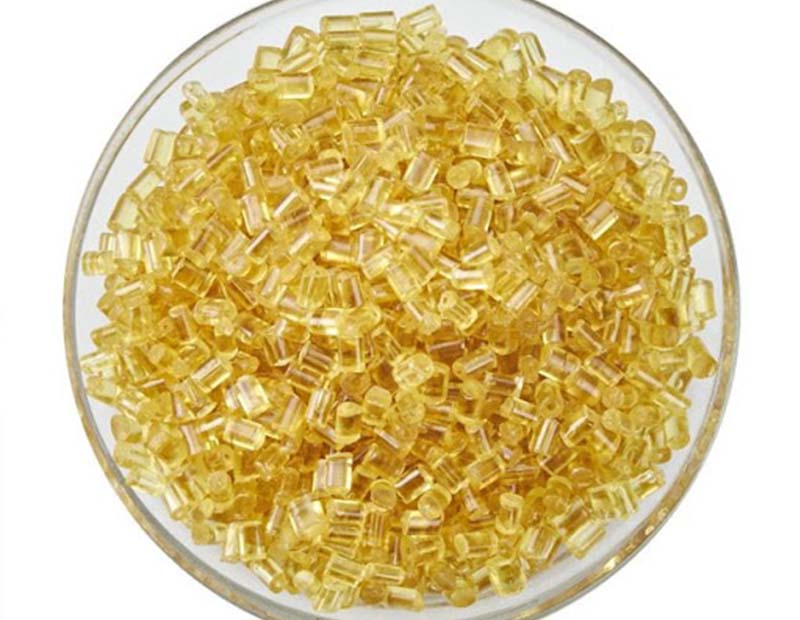Polyetherimide (PEI) is a High-performance thermoplastic known for its outstanding properties such as heat resistance, mechanical strength, chemical resistance, and electrical insulation capabilities. These characteristics make PEI a preferred material for demanding applications across industries such as aerospace, automotive, medical, and electronics. However, processing PEI presents several challenges due to its unique properties. This article explores the common challenges encountered during the processing of PEI and the innovations and techniques that are helping to overcome these obstacles.

Challenges in Processing PEI Material
High Processing Temperatures
One of the main challenges in processing PEI is its high melting temperature, typically around 340°C (644°F). This makes it more difficult to process compared to lower-performance thermoplastics. The high processing temperature requires specialized equipment and can lead to higher energy consumption during manufacturing. Additionally, controlling the temperature during processing is critical, as overheating can degrade the material, affecting its mechanical and thermal properties.
High Material Cost
PEI is one of the more expensive thermoplastic materials, which makes it a costly option for large-scale production. The high cost of raw PEI limits its widespread use, especially for applications where cost-efficiency is a significant concern. Manufacturers must balance material costs with the long-term benefits of PEI's superior performance characteristics.
Processing Equipment and Molding
Due to its high melting point, processing PEI requires equipment capable of withstanding high temperatures and pressure. Injection molding, extrusion, and compression molding are commonly used to shape PEI, but these processes need to be carefully controlled to prevent issues such as warping, shrinkage, or material degradation. For injection molding, the material must be injected at high pressures, requiring specialized machines designed to handle such conditions.
Limited Compatibility with Certain Additives
PEI is highly resistant to most chemicals, but its high molecular weight and structure can limit the compatibility with certain additives, such as colorants and fillers. This can hinder its ability to be tailored for specific applications without affecting its properties. The difficulty in incorporating fillers without compromising PEI's inherent qualities adds another layer of complexity to its processing.
Difficulty in Machining
While PEI is relatively easy to machine compared to other high-performance polymers, its hardness and strength can make machining a more difficult and time-consuming process. Traditional machining methods like CNC milling or turning may require specialized tools and slower processing speeds to ensure the material is not damaged.
Innovations and Techniques Improving PEI Processing
Advanced Injection Molding Techniques
To address the challenge of high processing temperatures, recent advancements in injection molding techniques have been developed. For example, multi-stage molding processes that allow for precise temperature control during injection help prevent degradation of the material. Additionally, the use of mold heaters and high-performance nozzles ensures consistent material flow, even at elevated temperatures.
Improved Extrusion Methods
Extrusion processes for PEI have been enhanced by the use of high-temperature extruders and screw designs that maintain consistent heating profiles. The use of melt pumps and pressure sensors helps regulate the extrusion process, ensuring uniform material flow and preventing defects. The development of more efficient extrusion dies has also improved the quality of PEI sheets and films.
Use of Additives and Fillers
To overcome the compatibility challenges with certain additives, research has led to the development of customized additives and stabilizers that can be used with PEI without compromising its core properties. Glass fibers, carbon fibers, and nano-fillers are now being incorporated into PEI formulations to improve its strength, thermal conductivity, and other mechanical properties, opening up new application areas.
Laser Machining and Advanced Cutting Tools
Innovations in laser machining and abrasive cutting tools have made it easier to machine PEI with high precision. Laser cutting allows for cleaner, more accurate cuts without the need for high-speed tools that might cause the material to degrade. Additionally, advances in diamond-tipped tools and ultrasonic machining have improved the efficiency and quality of PEI machining, especially for intricate or high-tolerance components.
Enhanced Processing Equipment
The development of high-performance molding machines that are specifically designed for high-temperature polymers like PEI has led to greater consistency in production. These machines are equipped with enhanced temperature controls, pressure regulation systems, and specialized materials handling systems to ensure the stability of PEI during processing.
Cost-Reduction Techniques
To combat the high cost of PEI material, manufacturers are developing more efficient processing techniques and seeking cost-effective ways to source and process PEI. For example, recycled PEI is being explored for certain applications, reducing the need for virgin material. In addition, improvements in automation and continuous manufacturing are helping reduce labor costs and increase the overall efficiency of PEI production, making it more accessible for various industries.
3D Printing of PEI
With the rise of additive manufacturing, PEI has found a niche in 3D printing. Technologies such as Fused Deposition Modeling (FDM) allow manufacturers to print high-performance PEI components with great precision. The development of PEI filament for 3D printers has made it easier and more cost-effective to produce complex geometries and prototyPES for applications that require high heat resistance and mechanical strength.
While the processing of PEI presents several challenges, significant innovations and advancements are continually improving the material’s manufacturability. From advanced injection molding techniques and improved extrusion methods to new additives and 3D printing technologies, the challenges associated with PEI processing are being addressed through research and technological advancements. These innovations not only improve the efficiency of production but also expand the scope of PEI's applications across various industries. As these developments continue, we can expect PEI to become an even more viable and accessible material for high-performance applications in the future.






